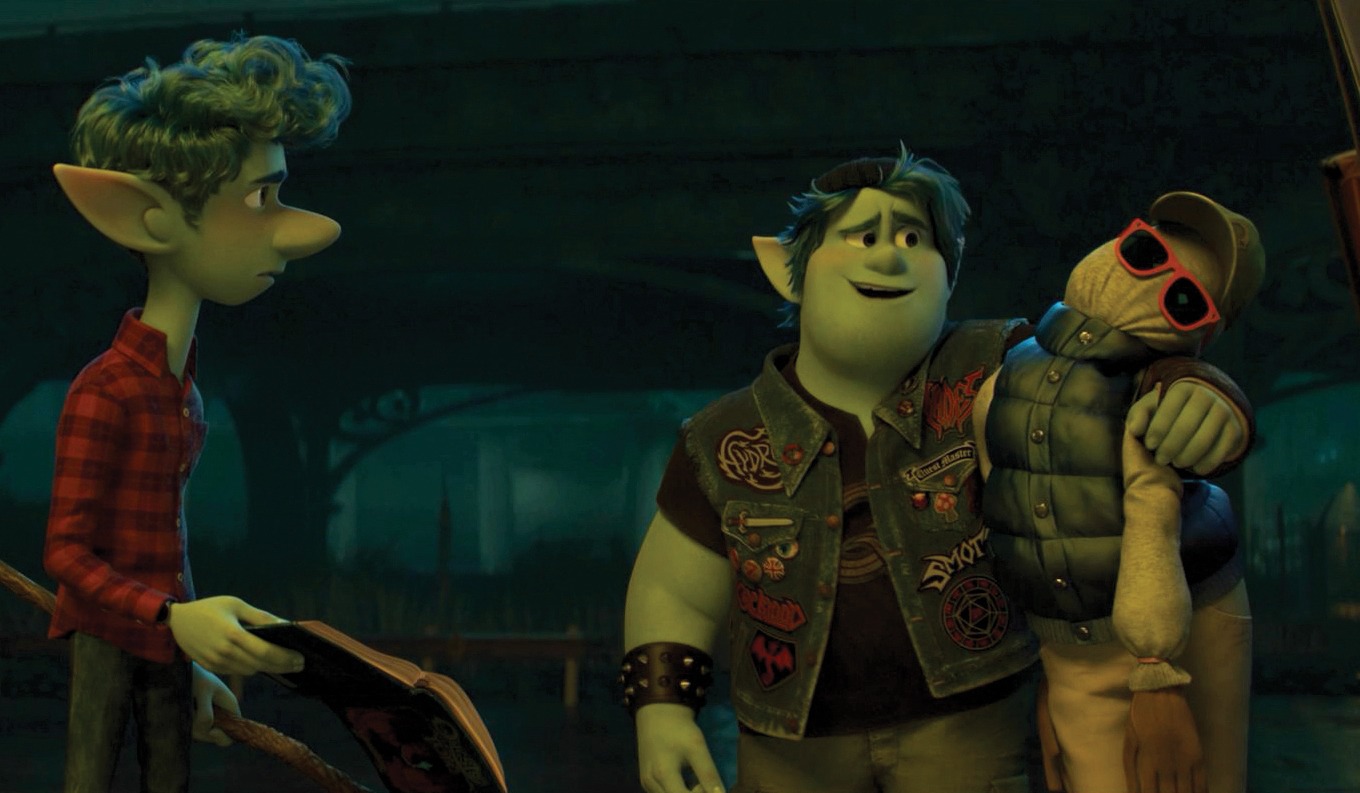The Science of Art

Until A Few Years Ago, the total number of satellites in orbit was just a few thousand. In the next decade, experts expect 100,000 satellites to be launched—the vast majority into low earth orbits. That sounds great, but today’s rockets are not well suited to getting these satellites into their proper orbits in space. Some need to be in higher orbits to extend their lives or view larger areas of the globe, while others need to be placed in orbits spaced around the Earth in ways that rockets are simply not good at doing.
Fizt2 uses advanced mathematics to help simulate anisotropic energies, which have different physical properties when measured in different directions, and enable artists at Pixar to realistically distinguish the difference between, say, a firm suit and a soft shirt across different body types. His work, seen in this image from 2020’s Onward, is naturally complex and sophisticated—and the foundation for some of the world’s most lovable characters.
Related Articles
-

Miles and Miles of Mojave
Nick Van Buer, PhD (BS ’05), a geology professor at Cal Poly Pomona, trekked 530 miles across the Mojave Desert from January to March 2022 to explo...
-

A Legendary Hack Turns 40
In this moment of Caltech mischief that required months of planning, students Ted Williams, PhD (BS ’84) and Dan Kegel (BS ’86) manipulated the sco...
-

Binding Lights
In a recent research paper, assistant professor Alireza Marandi delves into the innovative realm of mode-locked lasers.